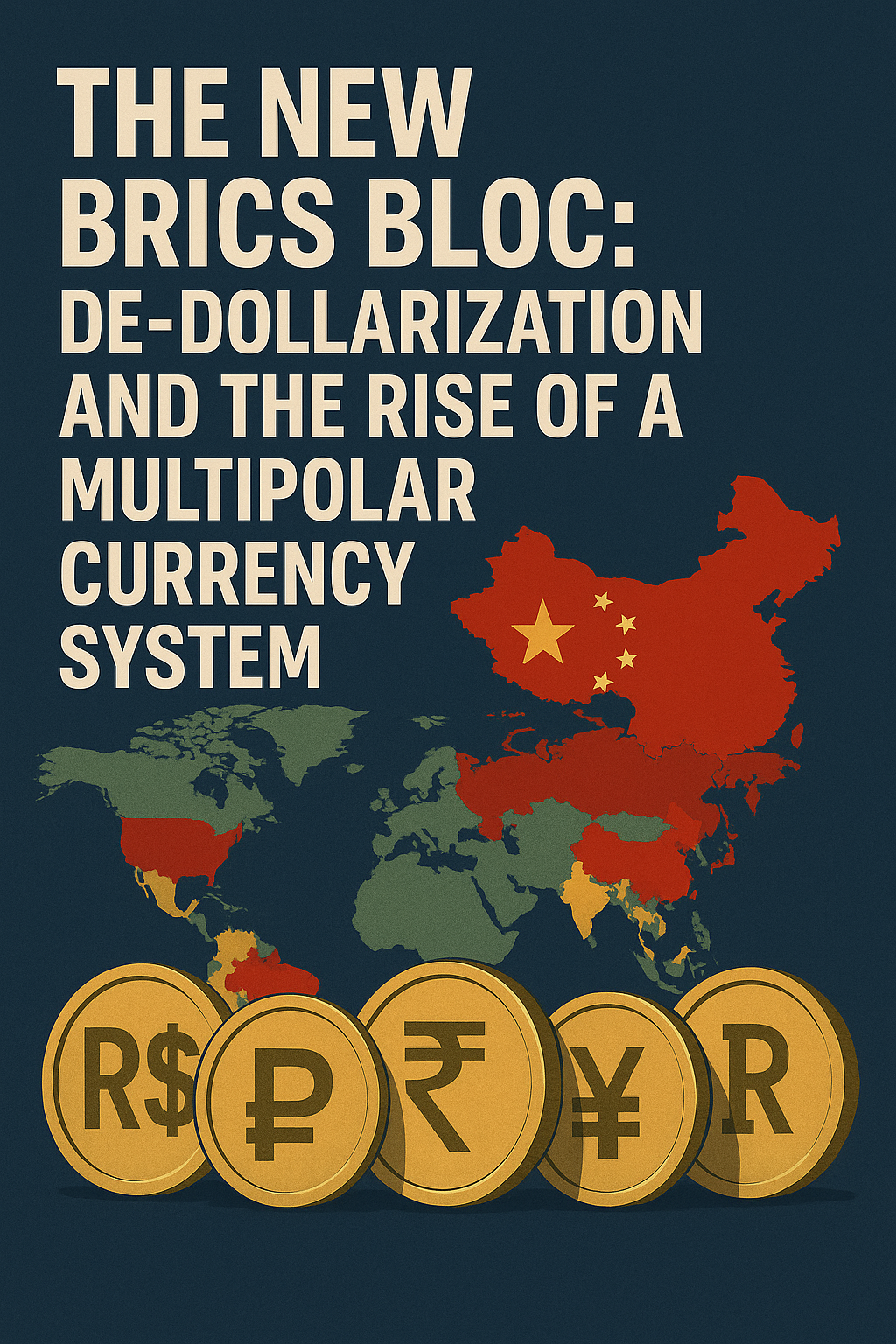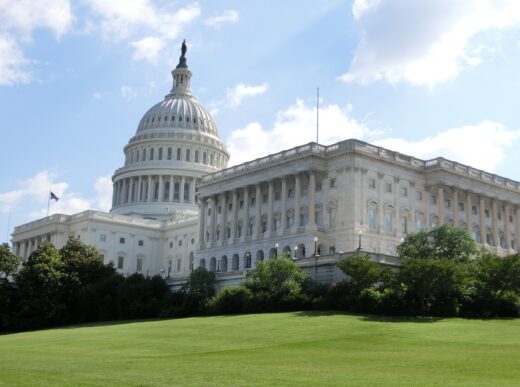The New BRICS Bloc: Shifting Alliances in the Global South
By: Warren Calove
AAFUS
The BRICS alliance—originally composed of Brazil, Russia, India, China,. And south africa—has undergone a seismic shift. In 2024 and 2025, a wave of new members joined the bloc, including Saudi Arabia, Iran, Egypt, Ethiopia,. And uae, reshaping the geopolitical map and triggering conversations around a possible realignment of the world’s financial architecture.
this enlargement has sparked global speculation about the bloc’s potential to offer an alternative to western-dominated institutions like the imf, world bank, and the wto. The expanded BRICS grouping is now being positioned as a counterbalance to the G7. And the u.s.-eu partnership, specifically targeting resource control, financial sovereignty, and south-south cooperation.
expansion of brics: a strategic
expansion of brics: a strategic move
at the 2023 johannesburg summit, brics nations formally invited six countries to join, with five accepting by early 2024. This expansion has transformed BRICS into a multi-regional alliance that stretches across Africa, the Middle East, and Asia. Together, the new BRICS+ nations account for:
- 46% of the world’s population
- 29% of global GDP (PPP adjusted)
- 40% of oil production capacity
- 35% of global exports of rare earths
According to the United Nations Conference on Trade. And development (unctad), south-south trade has increased 16% year-over-year since brics began expansion talks in 2022.
dedollarization and financial sovereignty
brics+ is aggressively promoting local currency settlements in cross-border trade. In 2025, over 70% of bilateral trade between Russia and China is conducted in yuan and rubles. Saudi Arabia has also begun pricing oil contracts in yuan with Asian customers, creating pressure on the U.S. dollar’s global reserve status.
There is ongoing development of a BRICS-led digital currency to facilitate trade between member states. The initiative is being jointly explored by central banks in India, Brazil, and South Africa. Though still in early stages, the digital currency would be pegged to a commodity basket including oil, gold,. And rare earth metals.
infrastructure and development strategy the
infrastructure and development strategy
the new development bank (ndb), also known as the brics bank, is scaling up funding of infrastructure projects in the global south. Since 2022, it has approved over $12 billion in financing for renewable energy, logistics,. And digital infrastructure projects in africa and southeast asia.
subsequently, key projects include:
“Innovation in business models often matters more than innovation in products.”
Industry Expert
north-south transport corridor (nstc): connecting russia to india via iran, reducing transit time by 40% compared to traditional maritime routes.
Lusophone Economic Belt: A new framework connecting Brazil, Angola, and Mozambique through shipping and digital networks.
BRICS Fiber Ring: A planned submarine cable system connecting all BRICS nations directly, bypassing Western digital chokepoints.
Geopolitical Implications
The G7. And nato allies have responded cautiously. While the White House downplays BRICS as “a loose economic grouping,” recent economic coordination among members suggests otherwise. The bloc is now engaging in coordinated oil pricing discussions and has backed China’s proposals for restructuring global debt systems in the UN Second Committee.
Critics point to internal contradictions—India’s tensions with China, or Brazil’s democratic values versus authoritarian peers. But proponents argue that BRICS thrives not on ideological unity, but on economic complementarity. And shared strategic aims.
stay informed with comprehensive news analysis and expert insights.
Stay updated with the latest news and insights on PRAI News, your trusted source for breaking news, business updates, and technology developments.
















